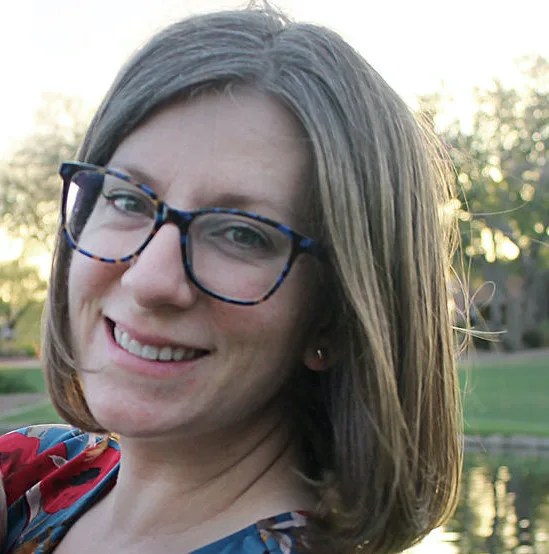
Amanda L. Nahm
Program Officer
Amanda L. Nahm is a Program Officer (PO) in the Research and Analysis (R&A) Group in the Planetary Science Division (PSD) at NASA Headquarters.
She is the Deputy PO for the FINESST (Future Investigators in NASA Earth and Space Science and Technology) program in PSD, which funds graduate student-led research projects at US educational institutions. She is the lead for the Gateway Payload Lunar Working Group and also serves as additional PO support for multiple R&A proposal review panels.
Previously, Amanda held multiple postdoctoral research positions at educational and research institutions (the Lunar and Planetary Institute, the University of Texas at El Paso [UTEP], and the University of Idaho) and was an Alexander von Humboldt Postdoctoral Fellow at the German Aerospace Center’s (DLR) Institute for Planetary Research in Berlin, Germany. Immediately prior to coming to NASA, Amanda was a part-time stay-at-home mom and high school science teacher.
Amanda’s area of expertise is planetary tectonics and during her career she has studied numerous solar system bodies with solid surfaces: Mercury, Mars, the Moon, Enceladus, and Europa. In addition to conducting research, Amanda also taught introductory geology courses at UTEP and advised one master’s student at DLR. She is the lead author of the Lunar Tectonics chapter in the forthcoming New Views of the Moon 2 book and is a contributing author to the Tectonic Landform chapter in Elsevier’s Planetary Tectonism Across the Solar System book.
Amanda earned her bachelor’s degree in geology with a minor in astronomy at the University of Colorado in Boulder and her doctorate in geology at the University of Nevada, Reno. Her dissertation focused on the geologic and tectonic histories of Mars at the local, regional, and global scales.
During her rare free time, Amanda enjoys cross stitching and eating baked goods (especially those that contain chocolate!). She also looks forward to exploring what the DC area has to offer with her husband and two small boys.




